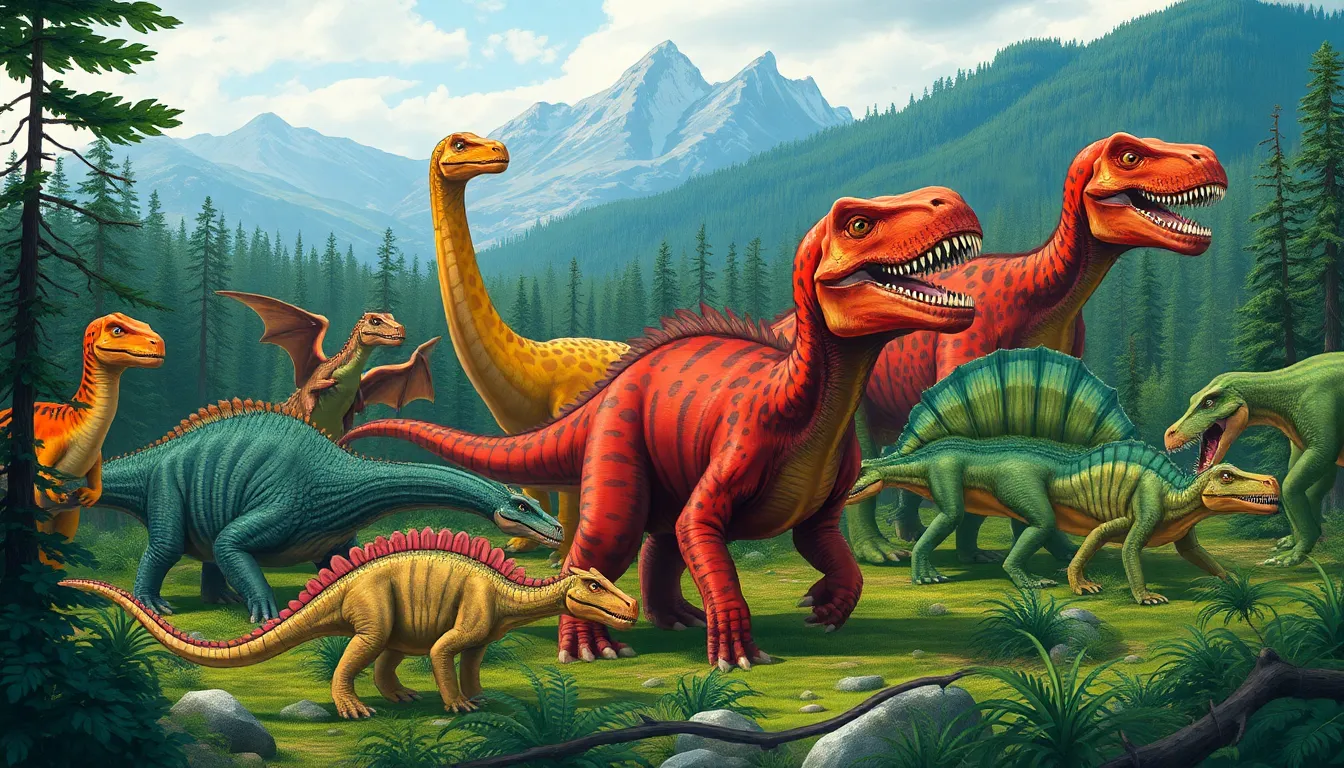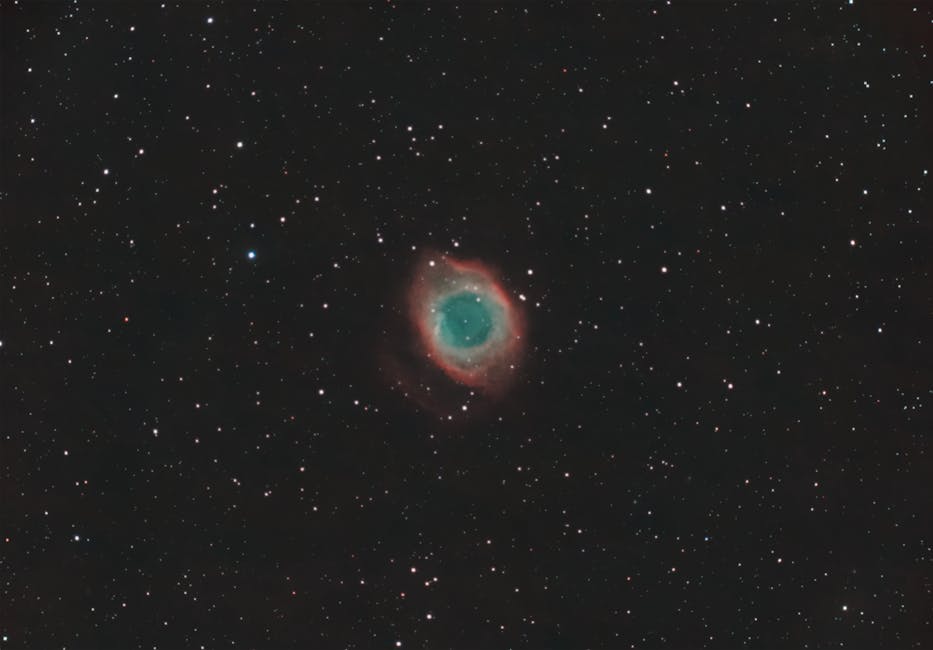Russian dinosaurs provide a captivating window into the prehistoric past, showcasing an era when colossal creatures roamed the vast and varied landscapes of what is now Russia. The region’s fossil record reveals an astonishing diversity of species—from feathered predators that hint at the evolutionary link between dinosaurs and birds to heavily armored herbivores that dominated ancient ecosystems. Each discovery adds new detail to the story of how dinosaurs adapted and thrived across different environments.
The study of Russian dinosaurs has significantly reshaped our understanding of dinosaur evolution and global distribution. Fossil sites scattered across Siberia, the Urals, and the Far East demonstrate that these animals were not confined to warmer climates but also inhabited colder, harsher regions. For scientists and enthusiasts alike, these findings underscore Russia’s critical role in piecing together the broader puzzle of dinosaur history, offering insights that continue to fuel research and fascination worldwide.
Table of Contents
- The Dawn of Dinosaurs in Russia
- The Triassic Period: A Missing Chapter
- The Jurassic Period: A Changing Landscape
- The Cretaceous Period: Cold Winters and New Discoveries
- Unearthing the Secrets: Paleontology in Russia
- Seven Remarkable Russian Dinosaurs
- Kulindadromeus zabaikalicus: The Feathered Pioneer
- Kileskus aristotocus: The Early Tyrannosauroid
- Stegosauria indet.: The Siberian Stegosaur
- Diplodocoidea indet.: The Diplodocoid from the Central Russian Sea
- Sibirotitan astrosacralis: The Star-Butt Titan
- Psittacosaurus sibiricus: The Chicken-Peacock
- Olorotitan arharensis: The Giant Swan
- Key Takeaways
- Similar Problems
Read More
For millions of years, dinosaurs roamed the Earth, but did you know that Russia, too, was once home to these colossal creatures? This article explores the fascinating world of Russian dinosaurs, revealing seven of the most remarkable species that once dominated the landscape. From feathered giants to armored herbivores, these ancient reptiles offer a captivating glimpse into a prehistoric world.
The Dawn of Dinosaurs in Russia
The first dinosaurs emerged approximately 233 million years ago. The world was vastly different then, with a single supercontinent known as Pangaea. These “terrible lizards” gradually spread across the globe, adapting to diverse environments and evolving into a myriad of forms. When we talk about Russian dinosaurs, we focus on fossils found within modern Russia’s borders, offering a window into the prehistoric past.
The Triassic Period: A Missing Chapter
Unfortunately, continental sediments from the Triassic period are scarce in Russia. This means that the chances of finding bones from the earliest dinosaurs are slim. During this period, Pangaea was the only landmass, and dinosaurs were beginning to establish themselves as the dominant terrestrial life forms. Finding fossils from this era in Russia presents a significant challenge to paleontologists.
The Jurassic Period: A Changing Landscape
The Jurassic period saw Pangaea break apart, leading to flooded lands and the emergence of new seas. A significant portion of what is now European Russia was submerged. Dinosaurs adapted to island habitats, while marine reptiles like pliosaurs and ichthyosaurs thrived in the Central Russian Sea. The landscape was changing, and the dinosaurs were adapting.
The Cretaceous Period: Cold Winters and New Discoveries
During the Cretaceous period, the climate became drier, and winters grew colder, even in the Arctic regions. Evidence suggests that dinosaurs inhabited the North Pole region, as indicated by eggshells and cub bones found in the Chukchi Peninsula. While the exact food sources during the polar night remain a mystery, the presence of these fossils confirms the presence of Russian dinosaurs even in extreme environments.
Unearthing the Secrets: Paleontology in Russia
For a long time, few dinosaur bones were discovered in Russia due to several factors. The vast forested and permafrost-covered areas hinder paleontological exploration. Additionally, the main fossil-rich areas, like the United States and China, have “badlands” with exposed geological strata. Moreover, qualified paleontological specialists are relatively scarce in the regions. Despite these difficulties, discoveries of Russian dinosaurs continue to be made each year.
Challenges in Fossil Hunting
The challenges of finding dinosaur fossils in Russia are considerable. Large areas are covered by forests or permafrost, making geological deposits hard to access. The remoteness and sparse population of Siberia and the Far East further complicate exploration. Finally, the limited number of experienced paleontologists in the regions poses another hurdle for uncovering the secrets of the Russian dinosaurs.
The Role of Databases and Technology
Paleontologists rely heavily on extensive databases containing detailed descriptions of thousands of fossils from around the world. Even fragmented finds, such as vertebrae or teeth, can help determine the animal’s species and reconstruct its appearance. Tomography, a non-destructive imaging technique, allows scientists to study bones in detail, providing insights into their internal structure.
Seven Remarkable Russian Dinosaurs
Here are seven of the most remarkable and unusual dinosaurs that once roamed the territory of modern-day Russia, each offering a unique perspective on the prehistoric world.
Kulindadromeus zabaikalicus: The Feathered Pioneer
Discovered in the Kulinda Valley of the Trans-Baikal Territory in 2010, Kulindadromeus zabaikalicus is the oldest known feathered dinosaur. This find challenged previous assumptions that feathered dinosaurs were exclusively predatory. The Kulindadromeus had scales on its limbs and tail, while feathers covered its head, chest, body, and thighs. This dinosaur was a herbivore, and the discovery of its feathers changed the understanding of dinosaur evolution.
The Kulindadromeus’s feathers, some thin and thread-like, others broader, served multiple functions. They helped regulate body temperature and may have been used for signaling. The discovery of this dinosaur was a pivotal moment, expanding the knowledge of the diversity of dinosaur characteristics. This dinosaur’s discovery in Russia changed the way scientists thought about early feathered dinosaurs.
Kileskus aristotocus: The Early Tyrannosauroid
Kileskus aristotocus, found in the Krasnoyarsk Region, represents one of the earliest tyrannosauroids, the ancestors of the famous Tyrannosaurus rex. While not a direct ancestor of the T-Rex, Kileskus provides valuable insights into the evolution of these carnivorous dinosaurs. The discovery of this dinosaur’s remains, including jaw fragments and limb bones, adds to the understanding of the evolution of carnivorous dinosaurs.
Like other theropods, Kileskus walked on two legs and may have had down-like feathers. Its closest relatives, such as the Guanlong and Sinotyrannus, had bone crests on their heads. The function of these crests remains unknown. This highlights the complexity of the evolution of dinosaur traits. The Kileskus possibly had a crest too, but this has not been confirmed yet.
Stegosauria indet.: The Siberian Stegosaur
Stegosauria indet., discovered near Sharypovo in the Krasnoyarsk Territory, is the oldest stegosaur ever found, predating its North American relatives by approximately 7 million years. The skeleton, nicknamed JuraShKa, was relatively small, about 4 meters long. The discovery provides crucial information about the geographic distribution and evolution of the stegosaur family.
Fossils of Stegosauria indet. have been found in several locations across Russia, including Yakutia and the Krasnoyarsk Region. These discoveries offer insight into the habitats and diets of these dinosaurs. The presence of teeth in Yakutia indicates that the stegosaur had developed the ability to chew food. This discovery is a testament to the resilience of dinosaurs.
Diplodocoidea indet.: The Diplodocoid from the Central Russian Sea
The Diplodocoidea indet. is a dinosaur found near Moscow, representing one of the largest land animals ever to exist. This herbivore, estimated to be around 10 meters long, lived on islands within the Central Russian Sea. The discovery of its vertebrae suggests that this species was the earliest to be discovered in Russia.
The tail vertebrae were initially misidentified as belonging to a pliosaur, a marine reptile. This highlights the challenges of paleontological research. The Diplodocoidea indet. lived in a gregarious lifestyle. The discovery of this dinosaur in Russia confirms the wide distribution of this group.
Sibirotitan astrosacralis: The Star-Butt Titan
Sibirotitan astrosacralis, a sauropod found near Shestakovo in the Kemerovo Region, is the oldest sauropod ever discovered in Asia. Weighing approximately 20 tonnes, this giant herbivore lived in a semi-desert environment during the Cretaceous period. The name “astrosacralis” refers to the unique, star-like shape of its sacrum.
The large size of the Siberotitan served as protection from predators. The study of this dinosaur contributes significantly to the understanding of the evolution and distribution of sauropods. The discovery of the Siberotitan provides a better understanding of the ecology of dinosaurs.
Psittacosaurus sibiricus: The Chicken-Peacock
Psittacosaurus sibiricus, meaning “parrot lizard,” is named for its parrot-like beak. This dinosaur, one of the largest Psittacosaurus species, inhabited the edges of lakes and riverbanks. It fed on plants and possibly seeds. The Psittacosaurus’s teeth were not suited for chewing hard plants, just like chickens.
The Psittacosaurus is an interesting example of how dinosaurs adapted. The gregarious lifestyle of the Psittacosaurus offered protection from predators. Their distinctive color pattern, with a dark back and light belly, provided camouflage. The discovery of the Psittacosaurus is a testament to the diversity of dinosaur life.
Olorotitan arharensis: The Giant Swan
Olorotitan arharensis, a member of the hadrosaurid family, is known for its long neck and unique head crest. These dinosaurs lived during the end-Cretaceous mass extinction event. The discovery of Olorotitan’s remains, including those with tumors and predator marks, provides insights into the challenges dinosaurs faced before their extinction.
Olorotitan’s head crest, resembling an ax, may have served various functions, from vocalization to thermoregulation. The Olorotitan’s sense of smell was excellent, but its eyesight and hearing were not. The study of Olorotitan provides valuable insights into the hadrosaurid family. The discovery of Olorotitan adds to the understanding of dinosaur extinction.
Key Takeaways
The study of Russian dinosaurs provides a unique window into the prehistoric world. The diverse array of species discovered across Russia highlights the adaptability and resilience of these ancient creatures. These discoveries continue to reshape our understanding of dinosaur evolution, behavior, and the environments they inhabited. The ongoing research promises to reveal even more secrets about these incredible giants that once roamed the Earth.
Similar Problems
To further explore the topic of dinosaurs, consider these additional questions:
- What are the key differences between theropod and sauropod dinosaurs?
- How did the breakup of Pangaea affect the evolution and distribution of dinosaurs?
- What role did feathers play in the evolution of dinosaurs?
- What are the various methods used by paleontologists to study dinosaur fossils?
- How did the mass extinction event at the end of the Cretaceous period impact dinosaurs?
| Dinosaur Name | Key Features | Where to See |
|---|---|---|
| Kulindadromeus zabaikalicus | Oldest known feathered dinosaur, herbivore. | Kulinda Valley, Trans-Baikal Territory |
| Kileskus aristotocus | Early tyrannosauroid, potential ancestor of T-Rex. | Berezovsky surface coal mine, Krasnoyarsk Region |
| Stegosauria indet. | Oldest stegosaur found, hump-backed herbivore. | Krasnoyarsk Museum of Local Lore |
| Diplodocoidea indet. | Diplodocoid found near Moscow, herbivore. | Museum of the Moscow City Club of Young Naturalists |
| Sibirotitan astrosacralis | Oldest sauropod in Asia, “star-butt” titan. | Shestakovo-1 site, Kemerovo Region |
| Psittacosaurus sibiricus | “Parrot lizard,” herbivore, with counter-shading. | Upper Chebulinsky District |
| Olorotitan arharensis | Hadrosaurid with a long neck and ax-shaped head crest. | Kundur, Amur village |
We also Published
RESOURCES
- Category:Dinosaurs of Russia – Wikipedia
- Dinosaurs of Russia | Fossil Wiki | Fandom
- 14 most unusual dinosaurs that lived in what is now Russia
- Teacher lent me this russian paleontology book from 1949! : r …
- The Kingdom of Agamemnon: In Memory of … – Russian Dinosaur
- Lada Niva 1/35, The Blast From The Past, Russian Dinosaur For …
- Digested Dostoevsky – Russian Dinosaur
- Encyclopedia in Russian: 200 Facts About Dinosaurs … – Amazon.com
- The Great Russian Dinosaurs Exhibition : a Russian-Australian joint …
- Further adventures in Russian … – Love in the Time of Chasmosaurs







0 Comments